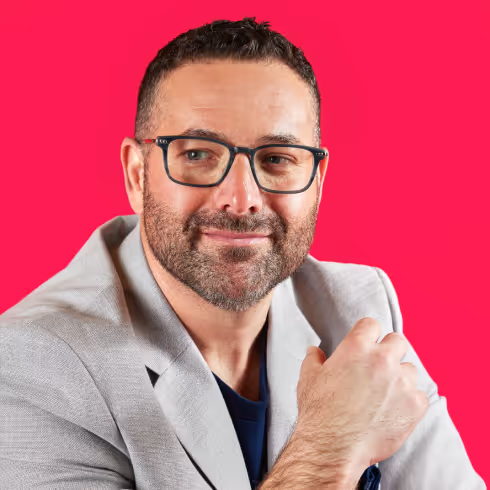Greater than the sum of its parts: On finding product alignment


Much like how products are better when multiple disciplines work together in sync, Catalyst is even better the more experts we have to share their expertise. On today’s episode, Clinton is joined by industry experts Ash Howell, Scott Campagna, and Jamie Bernard to discuss why enterprises often struggle to align their product, design, and engineering efforts and how to create harmony in the product development process.
Why do large enterprises struggle with synergy?
The product development process at large enterprises is often disjointed and lacks collaboration. In most cases, this boils down to money, power, and ego. Whoever is funding the project tends to focus most heavily on their side of things and leave others out, while others may cling too hard out of fear of losing control. The project may fail – and others before it certainly did – causing egos to get bruised and preventing some from seeking help or better ways of doing things next time around.
Close gaps through proper alignment
Goals are often nebulous and cascade down through organizations, leading to confusion and lack of specificity in decision making. The person calling most of the shots is often somewhat disconnected from the actual work and has a misaligned view of operations, while at the actual boots-on-the-ground level, those doing the work don't understand the goals. When gaps persist, the product suffers the consequences. Aligning goals and objectives through clear communication can generate more value.
Don’t go it alone
If market fit has been based on false assumptions and misguided biases, you’re not going to generate anything that's worth putting into the market. Overcoming this begins at the ideation stage. Teaming up engineering, design, and product strategy with consumer and business insights from the beginning helps ensure that your ideas are actually valuable. It is also essential to prototype and validate early in the process, a step many enterprises overlook. Decisions made without a hypothesis or empirical data can lead to poor performance.
To turn adversaries into advocates, let the data do the talking
When rigidity sets in, meeting people where they are may not always work. If this is the case, it’s best to lead with the facts and show them what they’re missing. Provide any available data and statistics around development costs, timelines, and maintenance costs upfront to help inform decision making.
It’s hard for even the most rigid of people to argue with value. When faced with stubborn opposition, it’s best to anchor on a specific business outcome. You may disagree on the approach, but it’s not about being right; it’s about the end result.
Make some magic
When teams are in lockstep, product development is a partnership that innovates and provides value in a way that feels like magic. The journey isn't painful, but it’s not necessarily painless. You're navigating challenges and evolving the product in new ways, but doing it together. At the end, you’ll have a team of people who trusted one another, respected each other’s ability to do the work, and held each other accountable along the way. But more importantly, you’ll have a better product because of it.
As always, don’t forget to subscribe to Catalyst wherever you get your podcasts. We release a new episode every Tuesday, jam-packed with expert advice and actionable insights for creating digital experiences that move millions.







